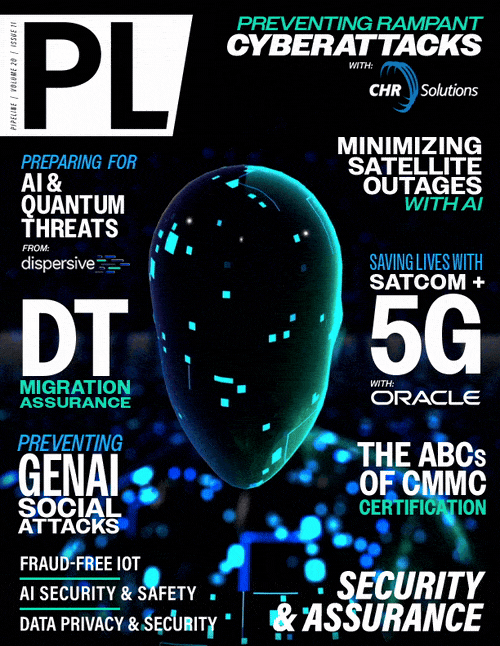SATCOM + 5G: Resilient Communications
Services to Save Lives in Disaster Zones
From a functional architecture perspective, the key components used in the solution are Marketplace, Product Lifecycle and Order Orchestrator, Customer Order Orchestrator, Product Catalog and Product inventory, Multi-domain Service Orchestrator (across terrestrial and non-terrestrial domains), Service Catalog and Service Inventory, 5G Service Activator and SATCOM Service Activator.
From a functional integration perspective, it was vital to avoid non-standard custom integrations to enable within the SATCOM IT stack the ability for companies to achieve business scale and efficiently satisfy the demand for complex, mission-critical services.
As someone who witnessed first-hand the devastating human cost of natural disasters, Mohamed Ben Ayad, the Chairman of LPTIC, provided a perspective on how such a solution could positively impact societies during natural disasters, such as the devastating floods of 2023 in Libya. He said, “The integration of Satcom and 5G technology is a ground-breaking development for the Telco Industry. In the face of our ongoing challenges, particularly in disaster-stricken areas, this solution offers a vital lifeline. With Satcom plus 5G, we can ensure reliable connectivity even in the most remote and devastated regions, providing crucial support for humanitarian efforts. Moreover, the broader application of Satcom plus 5G extends beyond emergency response. It paves the way for enhanced communication infrastructure across Libya, fostering economic development and social inclusion. At LPTIC, we are committed to leveraging such innovative solutions to build a more connected and resilient future for our nation.”
Key Takeaways
Research data shows that, in 2023, there were roughly 95,000 reported fatalities caused by natural disaster events worldwide. This was the highest figure on record since 2010. The total economic losses due to natural disaster events worldwide amounted to about $380 billion that year. If reliable communications can impact even 10 percent of disaster victims, it could mean tens of thousands of lives saved just in one year.
The ‘SATCOM + 5G Anywhere’ project set out to show how the combination of terrestrial and non-terrestrial networks can be used to empower first responders and rescue agencies to save lives with resilient short-range and long-range communications services during natural disasters. By making use of TMF best practices and standards, the catalyst demonstrated a seminal approach to standardize modeling of composite terrestrial and non-terrestrial products and the associated business processes, such as the order to activation workflows. This provided an IT architecture blueprint to operationalize SATCOM and 5G composite services. The catalyst project was a winner in two separate award categories at the DTW conference: Innovative & Futuristic and Tech for Good.
SATCOM companies have invested billions of dollars in satellite infrastructure, both in space and on the ground, and they are executing a strategy to monetize those investments through diverse SATCOM based solutions. The industry is looking at all possible avenues, including B2C, B2B, and B2B2C business models, to provide for consumer, business, and IoT services.
SATCOM + 5G presents a key area of business opportunity for a wide range of commercial, governmental, and humanitarian use cases with potential to significantly increase top line. However, to achieve these ambitious goals, SATCOM companies must transform their systems, processes, and customer experience to become more digital and automated. With the intent-to-order-to-activate IT stack and solution proposed in this catalyst, SATCOM companies (and, where relevant, even CSPs), now have a potential prototype for a desired end state of their digital transformation.


















